Summary: The success of generating compelling artwork through Leonardo AI largely depends on how well you craft your prompts. Effective prompts can significantly improve the quality of the generated artwork, while vague or poorly written prompts may result in disappointing results. Explore the importance of effective prompts, the structure of a good prompt, common mistakes to avoid, and strategies to refine your prompts for better AI-generated artwork.
Crafting effective Leonardo AI prompts is both an art and a science. By understanding the key components of a well-structured prompt, choosing the right keywords, and avoiding common mistakes, you can greatly enhance the quality of the artwork generated by the AI. Experiment with the following Leonardo AI prompts, tips, have fun exploring the endless possibilities that Leonardo AI offers.
Struggling with pixelated skin textures, blurred intimate details, or dull lighting in your Leonardo AI creations? Standard upscaling often destroys the sensual nuances that make Leonardo AI art captivating.
Aiarty Image Enhancer specializes in erotic art refinement with:
- Anatomy-Preserving 8X Upscaling (up to 32K)
- Skin Texture Enhancement that maintains natural pores and curves
- Sensual Lighting Optimization for mood preservation

The Structure of Effective Leonardo AI Prompts
One of the most crucial aspects of using Leonardo AI is understanding how to structure your prompts. A well-structured prompt is the key to obtaining high-quality artwork, as it guides the AI to generate an image that aligns with your vision. Let's break down the core components of a successful prompt:
Simple Description
Starting with a simple, clear description is often the best way to begin. A short prompt, such as "a mountain landscape," will give the AI a basic idea of what to generate. The simplicity of this description allows the AI to focus on the essential elements, creating a general landscape that can be further refined with more specific instructions.
Prompt Example:
This prompt will give you a general image of mountains but leaves room for creativity in terms of details like weather, time of day, and atmosphere.
Detailed Description
For more precise results, adding more details to your prompt can significantly improve the output. When you want Leonardo AI to generate specific elements in your artwork, it’s essential to expand your description. For example, specifying the weather, lighting, or time of day will help shape the mood of the image.
Prompt Example:
This more detailed prompt helps the AI understand the specific mood, color palette, and environmental elements you want in the artwork.
Style Instructions
One of the most powerful features of Leonardo AI is its ability to emulate various art styles. By incorporating style instructions into your prompt, you can direct the AI to generate artwork in the style of famous artists or specific art movements. Some common style instructions include "Impressionist," "Cyberpunk," or "Futuristic." Style instructions can drastically change the feel of the image, so choose wisely based on your vision.
Prompt Example:
This prompt would guide Leonardo AI to generate a city scene influenced by the neon lights, dystopian feel, and urban decay that characterize the cyberpunk genre.
Element Instructions
Another effective way to craft a prompt is by specifying key elements you want in the image. Whether it's a character, an object, or a particular scene, clearly stating the elements you want to appear in the artwork will give the AI a clearer direction. This approach works especially well when you want to include specific objects or subjects in your image.
Prompt Example:
This adds an extra layer of clarity, ensuring that the AI knows to include a hot air balloon and a bustling city street in the artwork.
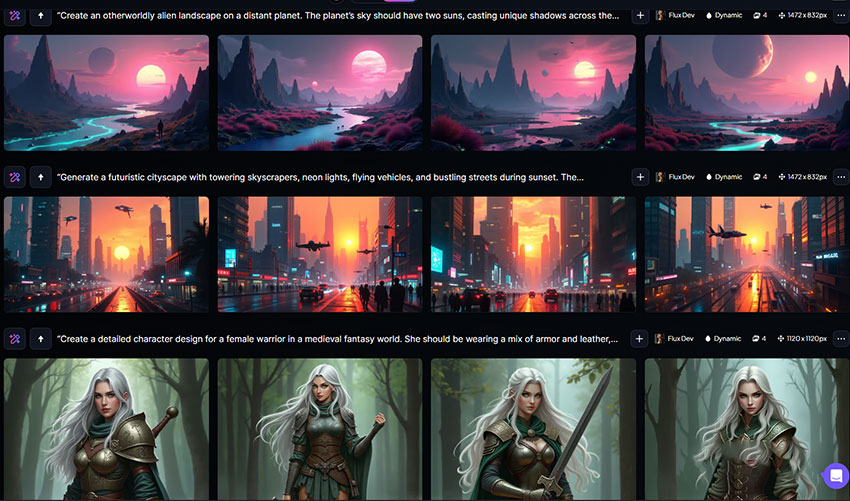
Leonardo AI Prompts Examples List to Spark Your Imagination
These prompts should provide clarity on how to leverage the AI’s capabilities in specific contexts like image generation, text generation, and creative writing. Here's a list of detailed prompt examples that align with what users typically discuss and ask about:
Image Generation for Specific Themes
This type of prompt is common for users exploring futuristic or genre-specific artwork, especially those looking to create unique visual content with specific stylistic guidelines.
Prompt Example:
Character Design for Fantasy Worlds
Fantasy character designs are popular among users looking for visually captivating and story-rich concepts. This detailed prompt gives clear direction to the AI on the specific traits, environment, and visual elements.
Prompt Example:
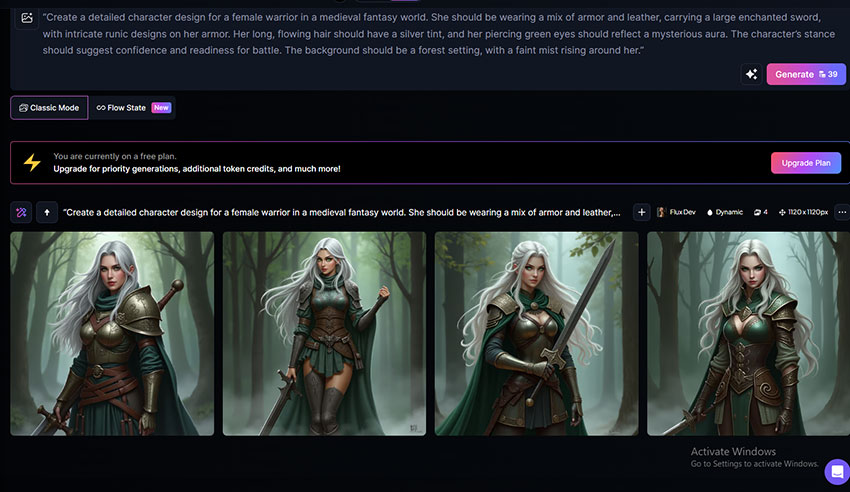
Product Visualization for E-commerce
E-commerce businesses and product designers often use AI to create realistic and appealing product visualizations. This prompt includes precise details about design, material, and environment, making it ideal for showcasing products.
Prompt Example:
Realistic Portraits with Emotional Expressions
This is a common prompt among artists or users looking to generate realistic human portraits with emotional depth, helping them explore facial expressions and portraiture with AI.
Prompt Example:
Science Fiction Scene with Alien Landscapes
Sci-fi fans and world-building enthusiasts often look for AI-generated scenes to visualize strange, imaginative environments. This prompt helps set a detailed foundation for creating alien worlds.
Prompt Example:
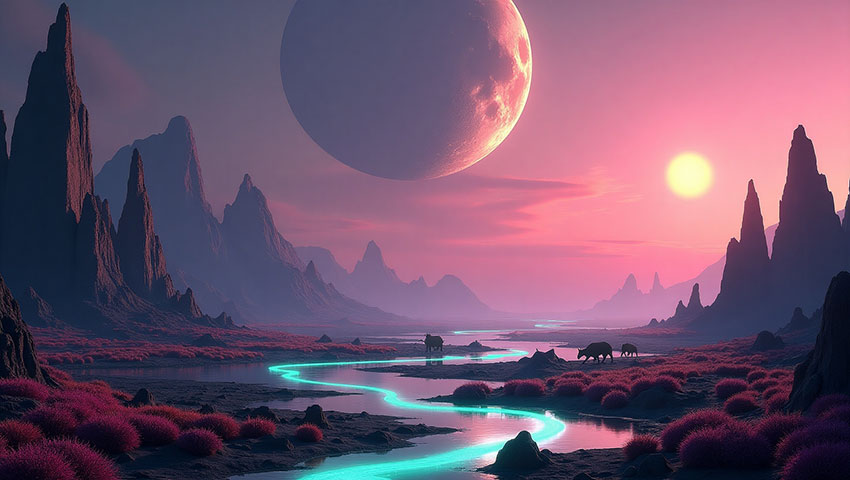
Abstract Art with Emotional Impact
Abstract art generation is popular in creative forums, with many users seeking unique representations of abstract concepts or emotions. This prompt specifies emotional depth and color theory for a visually and emotionally engaging result.
Prompt Example:
Fantasy Creature Concept Art
Fantasy creatures are often a favorite among users interested in conceptual art or designing characters for stories. This prompt offers specific details on physical traits and surroundings, allowing for intricate visual representation.
Prompt Example:
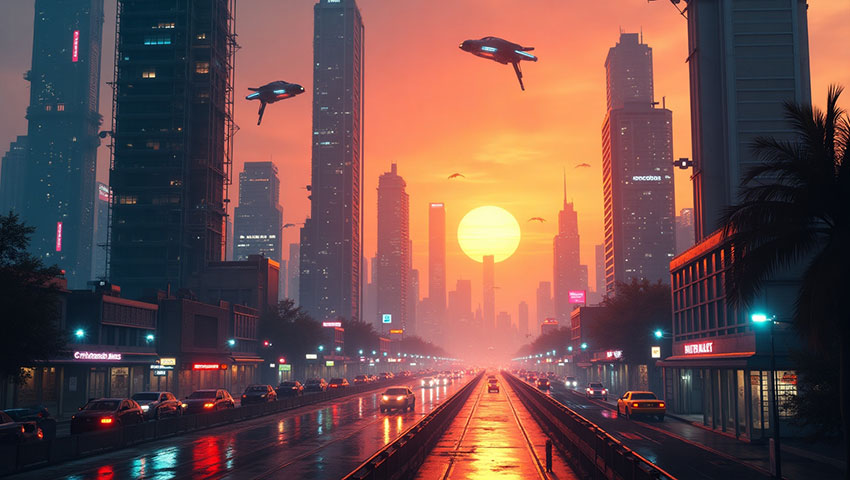
Architectural Rendering of Modern Homes
Real estate agents, interior designers, and architecture enthusiasts can use this prompt to generate realistic depictions of modern homes. The detailed focus on materials, lighting, and environment helps create a polished image.
Prompt Example:
Fantasy Setting with Mythological Elements
Many users are drawn to mythical and fantasy-themed settings, and this prompt provides a rich, detailed environment that allows the AI to generate a full, immersive experience for the viewer.
Prompt Example:
Retro-Futuristic Vehicles
This prompt is great for users interested in blending nostalgia with modern sci-fi. It focuses on detailed design elements, allowing users to generate vehicles that fuse past and future influences.
Prompt Example:
Read also: Best Open Source AI Image Generator Models Better than Leonardo AI
Leonardo AI Negative Prompts for Superior Results
Negative prompts are crucial when you want to exclude specific elements or features from your generated images. By effectively using negative prompts, you can significantly enhance the quality and accuracy of the results. Even if a model doesn’t support negative prompts, you can still indirectly influence the results by phrasing your prompt carefully. Here are a few examples of Leonardo AI negative prompts you can use:
- No text – Prevents text from appearing in the image.
- No logos – Ensures the absence of logos or trademarks.
- No distortions – Avoids any warped or distorted elements.
- No blurriness – Eliminates blurry or unclear images.
- No hands – Stops the model from generating hands in the image.
- No watermarks – Prevents any watermarks from appearing.
- No background noise – Ensures a clean and clear background without any distractions.
- No dark shadows – Avoids overly dark shadows that could obscure details.
- No low resolution – Helps ensure the image is high-quality and not pixelated.
- No anatomical errors – Prevents incorrect human or animal anatomy, such as extra limbs or misplaced features.
- No unrealistic proportions – Avoids bizarre or exaggerated body proportions.
- No wrinkles – Clear blemishes on faces.
- No surrealism - avoids style issues.
- No clutter - eliminating excessive details, also enter remove distractions.
Negative prompts should be clear and concise. Too many modifiers can confuse the AI and hinder the results. Even for models that don’t officially support negative prompts, you can still integrate negative statements within the original prompt. You might need to tweak the prompt a few times to get the desired results, but with some adjustments, you should be able to achieve better image quality.
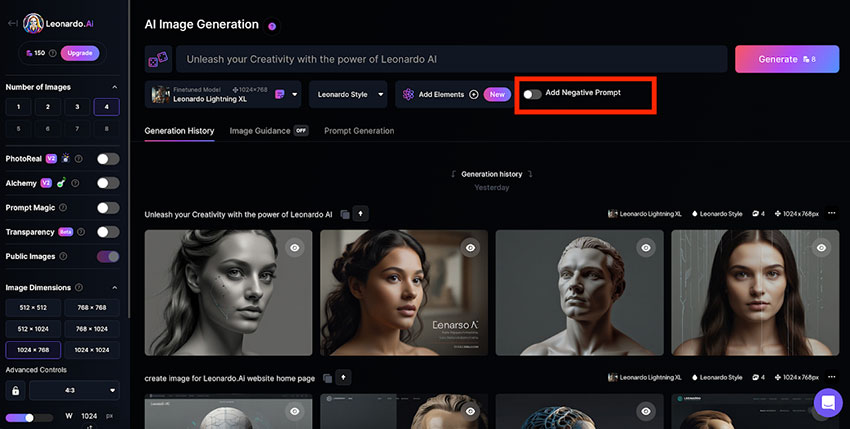
Step-by-step Guide to Formatting Leonardo AI Prompts
Now, use the following guide to formatting Leonardo AI prompts for image generation. By following these steps, you can create compelling visuals that match your vision. You’re encouraged to experiment with different styles, elements, and compositions to refine your unique approach.
Step 1: Define the Style
Start by specifying the visual style you want for the image. Different styles affect the mood, texture, and overall aesthetics.
Examples:
- Cinematic
- Anime
- 3D Render
- Photorealistic
- Digital Painting
- Oil Painting
- Selfie
Choosing a style will set the foundation for the image’s artistic direction.
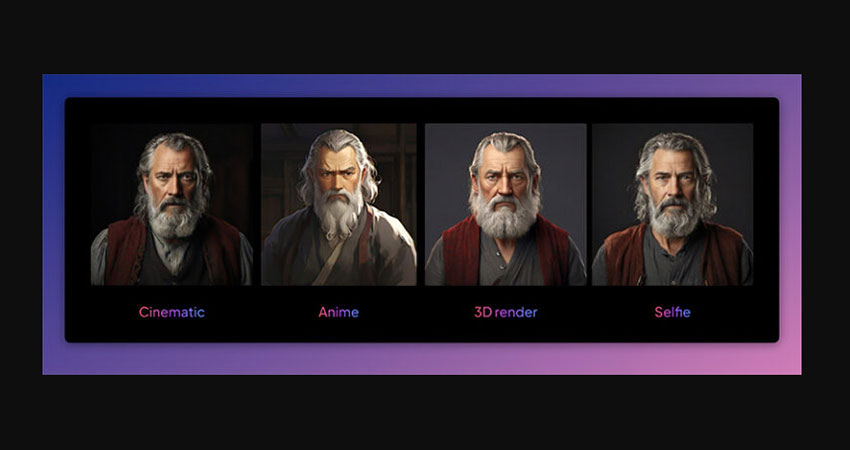
Step 2: Identify the Main Subject and Actions
Define the focal point of your image—who or what is the main subject? Also, include any actions the subject is performing.
Examples:
- "Young woman, wearing a hoodie and backpack, sitting on a bench."
- "Superhero in a cape, flying through the city skyline."
- "Majestic tiger, roaring in the jungle."
- "Astronaut, floating in zero gravity inside a spaceship."
Being specific about the subject’s appearance, clothing, and posture will refine the image output.
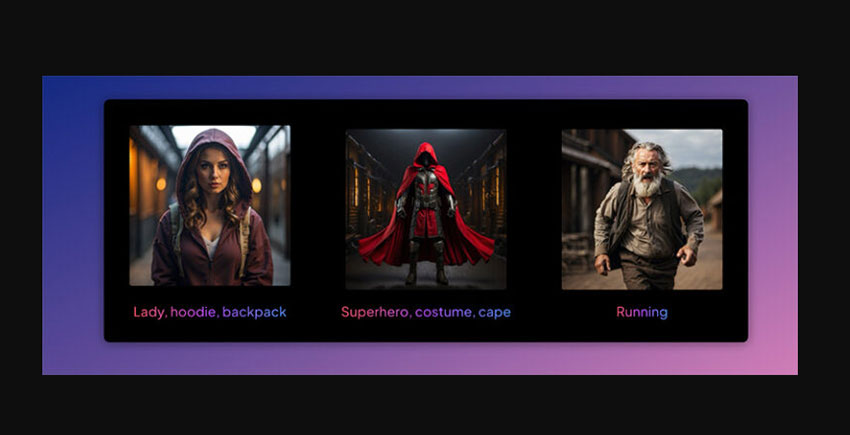
Step 3: Describe the Scene and Background
The setting provides context and atmosphere to the image. A well-defined background enhances the storytelling aspect.
Examples:
A detailed scene description helps create a rich and immersive environment.
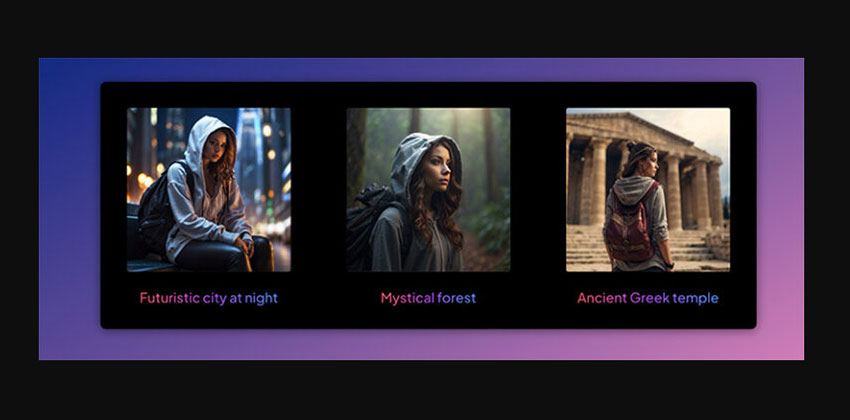
Step 4: Enhance with Composition, Lighting, and Framing
These elements add depth and realism to your image. You can specify angles, lighting effects, and artistic techniques.
Composition & Framing:
- "Rule of thirds"
- "Close-up shot"
- "Aerial view"
- "Over-the-shoulder perspective"
Lighting Effects:
- "Golden hour sunset"
- "Soft candlelight"
- "Harsh neon glow"
- "Dramatic shadows"
Combining these details refines the visual storytelling of your generated image.
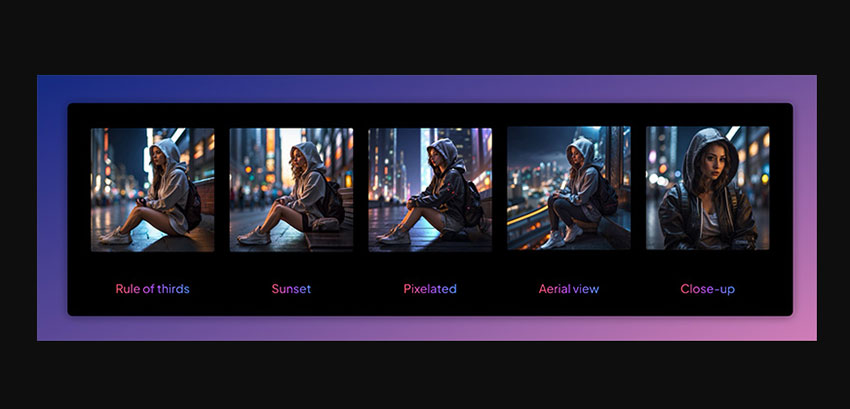
Step 5: Generate Your Image
Once you’ve structured your prompt, enter it into the generator and hit the "Generate" button. Review the output and make adjustments as needed.

Common Leonardo AI Prompts Pitfalls to Avoid
While crafting prompts for Leonardo AI, it’s essential to avoid certain mistakes that could result in suboptimal outputs. Here are some common pitfalls to watch out for:
Overcomplicating the Prompt
While it may be tempting to include every possible detail, overly complex prompts can confuse the AI, leading to cluttered and unfocused images. Reddit users recommend keeping your prompts simple at first, then refining them as needed. If the result is not quite right, iterate by adding more specifics.
Example:
Bad Prompt: "A snowy mountain range with towering peaks, a flowing river winding through the valleys, a castle in the distance, a forest at the base of the mountain, a bird flying overhead, and a dragon flying in the sky at sunset."
Better Prompt: "A snowy mountain range at sunset, with a dragon flying in the sky."
Over-Reliance on Art Styles
While specifying an art style can be helpful, too many style instructions can limit creativity and result in a less imaginative piece. Instead of relying heavily on one specific style, consider using broader terms like "futuristic" or "dreamlike" to leave room for artistic exploration.
NSFW or Inappropriate Terms
Avoid using NSFW or inappropriate words. These may lead to unpredictable results, and you’ll have to experiment to find out which terms work best.
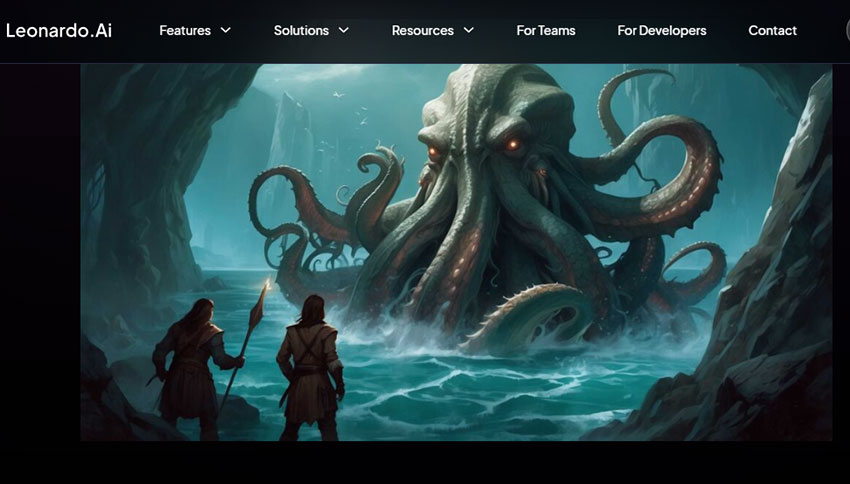
Conclusion
Leonardo AI offers a powerful and versatile platform for generating high-quality AI art using detailed prompts. By crafting well-structured prompts with clear descriptions, styles, and modifiers, users can maximize the potential of Leonardo AI to create stunning visuals. Whether for digital art, game design, marketing, or personal creativity, mastering prompt engineering enhances both efficiency and artistic output. As AI-generated art continues to evolve, experimenting with different prompt techniques will help users achieve more refined and personalized results.